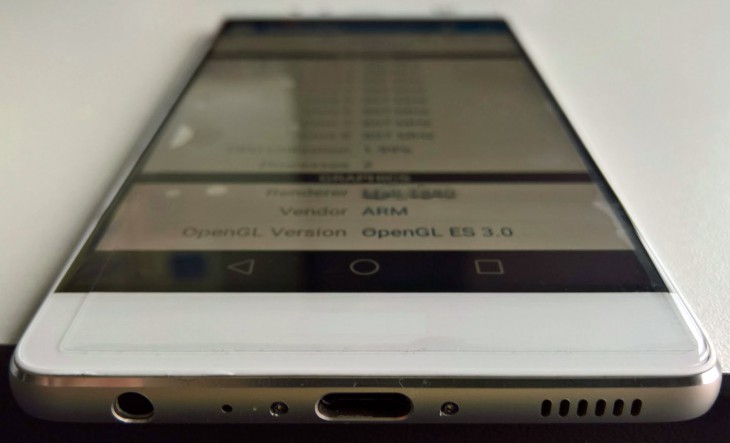
Whether we like it or not, USB Type C (or USB-C for short) is likely to take over from MicroUSB, just in the same way that MicroUSB got rid of the god-awful Mini-USB and proprietary connectors before it. Fortunately too, innovation isn’t stopping just with a new connector, and Qualcomm’s Quick Charge has been improved to work over USB-C for new handsets including the HTC 10 and LG G5.
There’s been a bit of discussion about the propriety of doing this, and not all of it very good. Benson Leung, Google’s self-appointed USB-C evangelist, has expressed some concerns online about the (ab)use of USB-C and Qualcomm’s Quick Charge 3.0, and others have expressed some concerns about the safety of mixing these two technologies.
I thought it was a bit of fear mongering myself (as, indeed, has much of the concern over compliance with the USB-C specification been), and sought to reach out to Qualcomm for some more information about this. While our enquiry to Qualcomm hasn’t — yet — been answered, it seems others have had more success, with Android Central obtaining this quote from Qualcomm earlier today:
Qualcomm Quick Charge is designed to be connector-independent. It can be implemented in a device that supports a variety of connectors, including USB Type-A, USB micro, USB Type-C, and others. When an OEM chooses to implement Quick Charge into their device, they can configure the voltage to fit within the specifications of the USB Type-C standard.
We have received no reports of user experience or device malfunction issues with or without USB Type-C connectors. (our emphasis)
At Qualcomm Technologies, we are continuously working to provide the best solutions for our customers and consumers. Qualcomm Quick Charge is a leading edge fast charging solution with more than 70 devices and 200 accessories supporting one of the two most recent versions of Quick Charge, with even more currently in development.
While there’s little doubt that Benson’s argument is technically correct — Qualcomm’s Quick Charge over USB-C does appear to be non-compliant — it doesn’t appear that, in the real world, this is going to make any real difference to anyone. Qualcomm’s technology undoubtedly takes steps to prevent a QC3.0 charger from damaging a device that doesn’t support it, and equally, to prevent a QC3.0 phone from damaging itself by using a non-supported charger.
In short, if you’re careful with your new LG G5 or HTC 10, there’s absolutely no reason to be concerned that you might somehow blow yourself up due to some lack of strict compliance with the USB-C specification.
It isn’t just the USB-C specification that matters, and I’d argue it’s probably not even the most important. The electrical compliance standards are far more important, when it comes to assessing danger to you or your equipment, and it’s worth noting that both LG and HTC’s phones and chargers have those required certifications.
There is the potential, though, for something to go askew if you use chargers that haven’t come with your phone, or that use some different sort of charging technology, but if you’re using equipment that bears certification marks for electrical safety and (better yet) Qualcomm’s Quick Charge protocol, there’s not much risk here.




